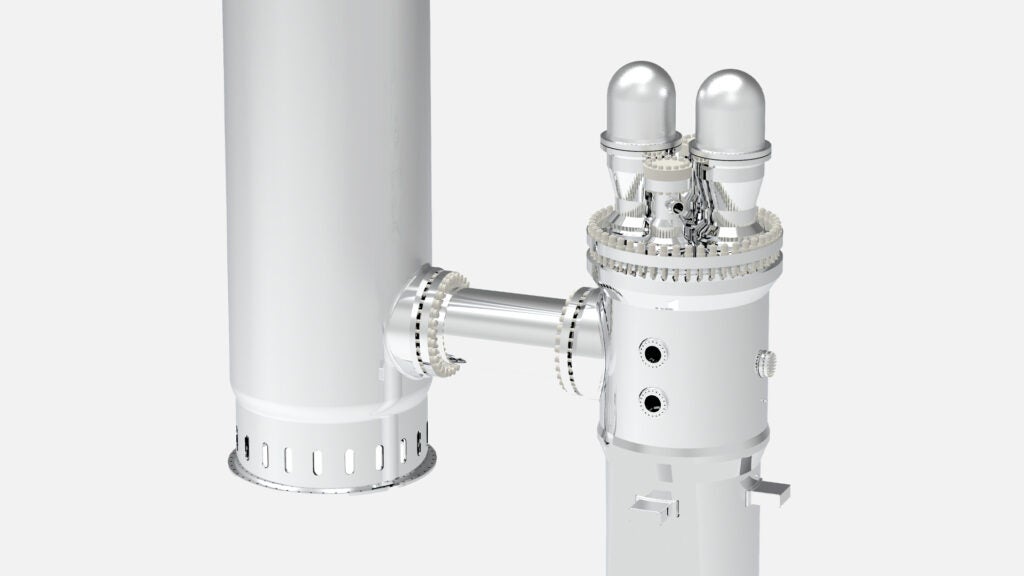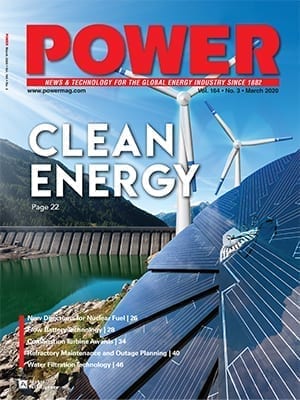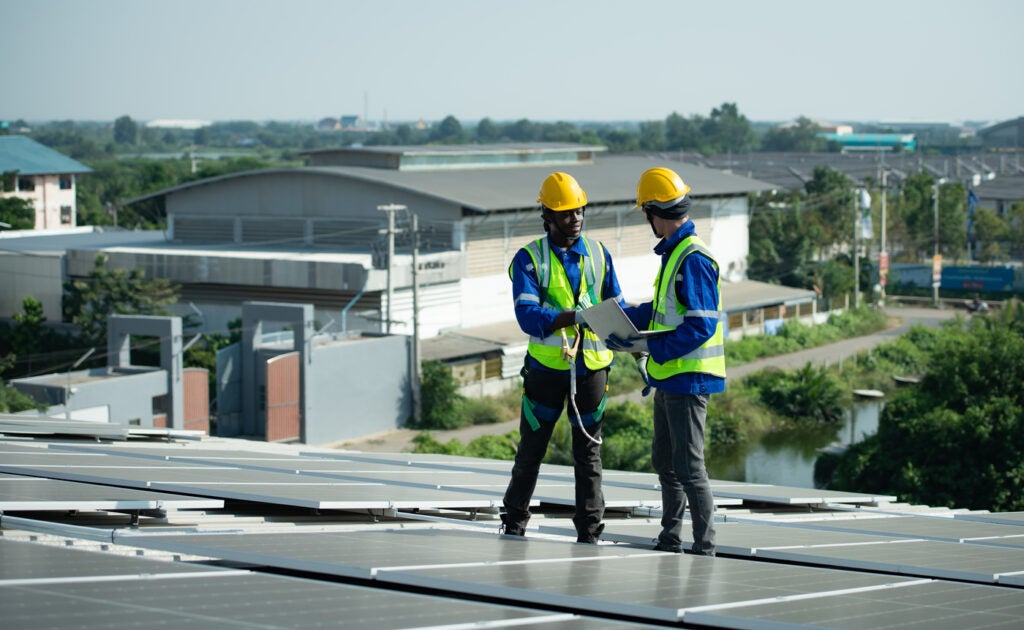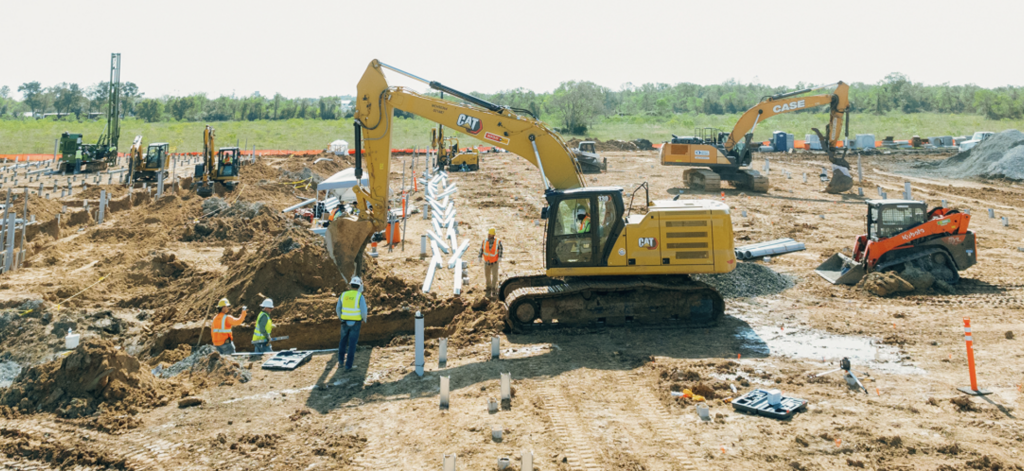In a major economic stimulus speech at Virginia’s George Mason University on Thursday, President-elect Barack Obama pledged to boost production of alternative energy and improve energy efficiency. He also urged the nation to begin building a smart grid.
“To finally spark the creation of a clean energy economy, we will double the production of alternative energy in the next three years,” he said. “We will modernize more than 75 percent of federal buildings and improve the energy efficiency of 2 million American homes, saving consumers and taxpayers billions on our energy bills.”
This process will put Americans to work in jobs that couldn’t be outsourced, including jobs building solar panels, wind turbines, fuel-efficient cars and buildings, and developing new energy technologies, he said.
Obama also said that the nation must begin updating the way it gets its electricity by building a smart grid. This would protect its power sources from “blackout or attack, and deliver clean, alternative forms of energy to every corner of our nation,” he said.
Immediate reactions to the president-elect’s economic recovery plan were mixed: Proponents of alternative energy and energy efficiency applauded Obama’s plan but stressed that it could run into “major obstacles” from Congress or the economy. Others were more skeptical, saying the new administration would spend nearly $1 trillion that would add 600,000 government employees while doing nothing to provide for America’s energy future.
The American Wind Energy Association (AWEA) and the Solar Energy Industries Association (SEIA) in a joint statement said that Obama’s aggressive goal to double production of alternative energy within the next three years was commendable. But despite enjoying a record-breaking year in 2008, the organizations stressed that wind and solar would need refundable renewable tax incentives to make it through the economic downturn.
On Oct. 3, Congress passed an extension of the investment tax credits and production tax credits. AWEA and SEIA said that current economic conditions substantially reduce the effectiveness of these tax credits since most companies and individual tax filers expect lower tax liabilities. “Making the tax credit refundable restores the incentives’ value,” they said.
“Our industries have become powerful economic engines in the U.S., each year creating tens of thousands of new jobs and billions of dollars in economic investment,” said SEIA President and CEO Rhone Resch. “But due to the recession, projects are now being put on hold, factories are closing and workers face potential layoffs unless Congress refines the tax credits now so they work as originally intended.”
Meanwhile, the Institute for Energy Research, a nonprofit organization that researches and analyzes government regulation of global energy markets and propounds a free-functioning energy market, said that Obama’s energy agenda—what it called a “$1 trillion government expansion plan”—was flawed.
“The road to economic recovery will be paved with private sector investment, not government-sponsored asphalt. We shouldn’t have to spend a trillion taxpayer dollars to underwrite a job recovery program that can be delivered free-of-charge—just by tapping a portion of our abundant energy resources here at home,” said the organization’s president, Thomas J. Pyle.
Pyle said that a more financially viable solution that would create new jobs and a solid energy future for the U.S. would be to allow the private sector to evaluate and explore America’s abundant energy resources. This would also provide new revenue for the federal government and a steady stream of domestic energy that would reduce U.S. dependence on foreign energy sources, he said.
Sources: Washington Post, AWEA, SEIA, Institute for Energy Research

















